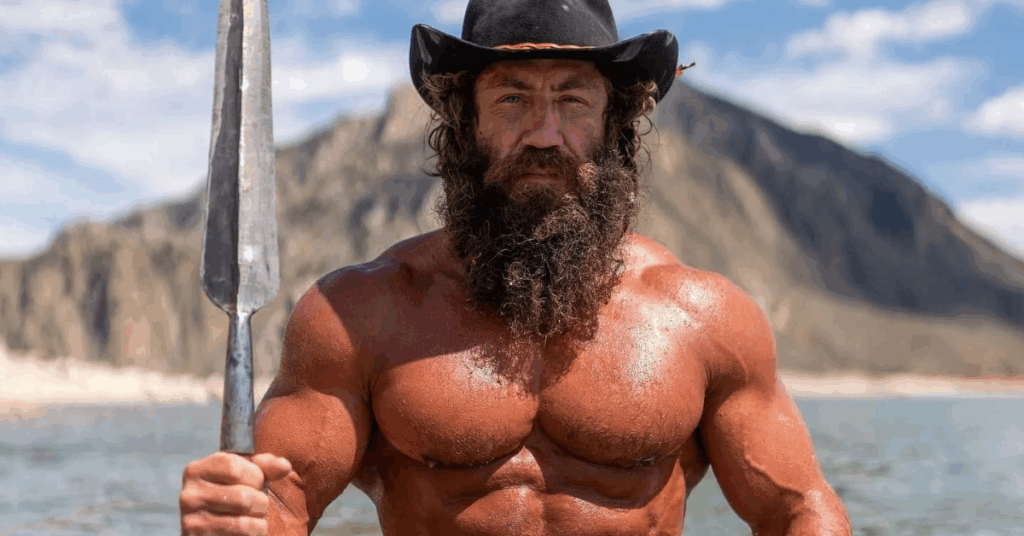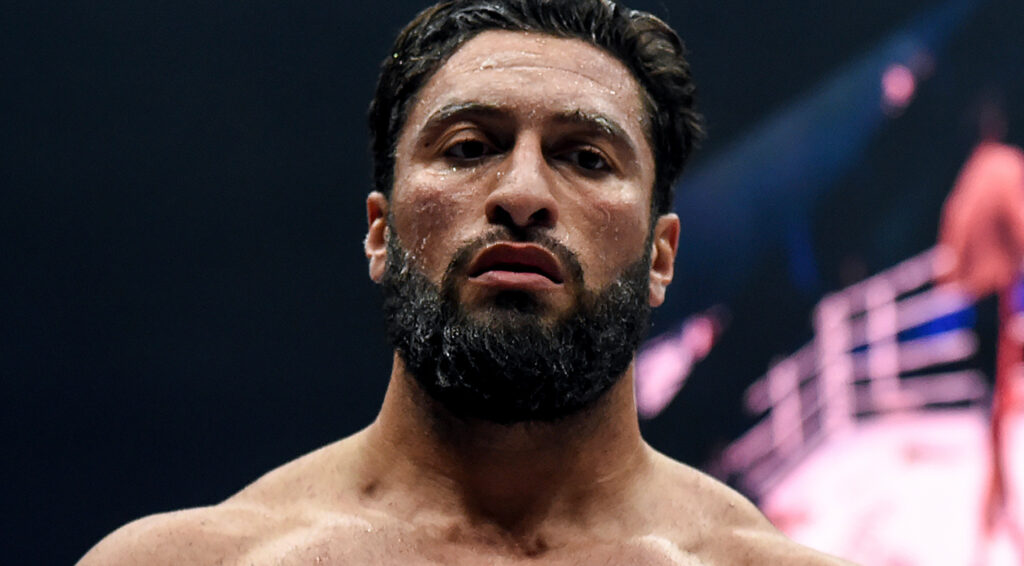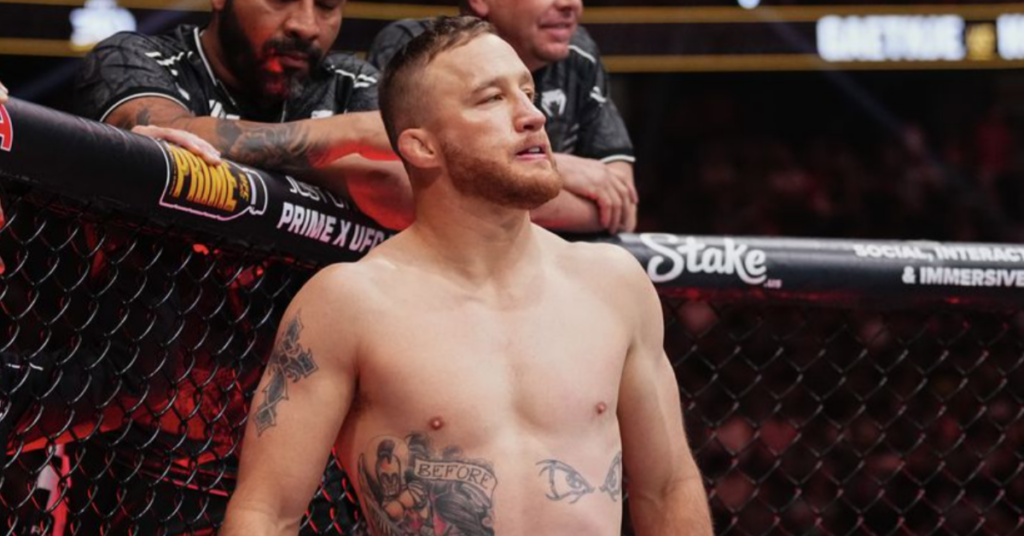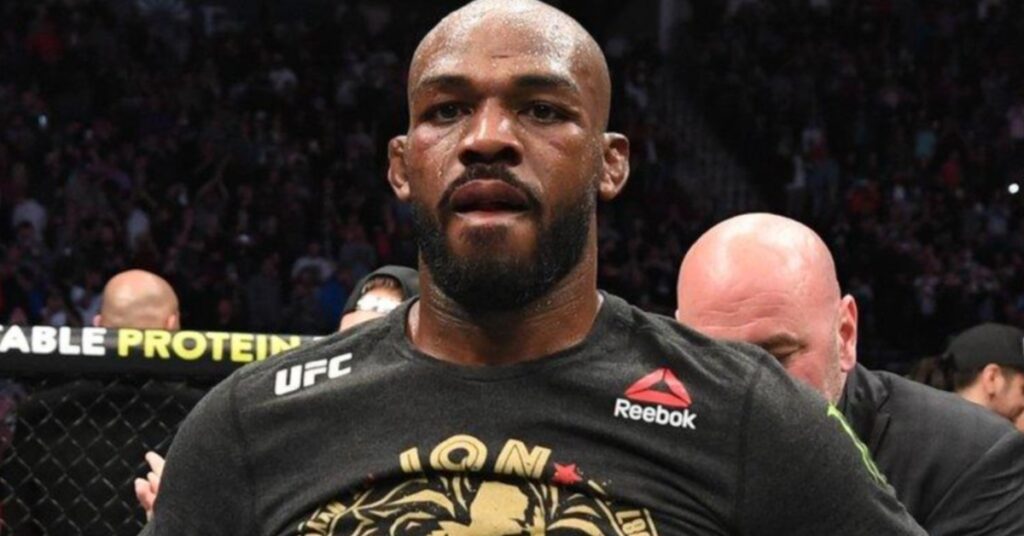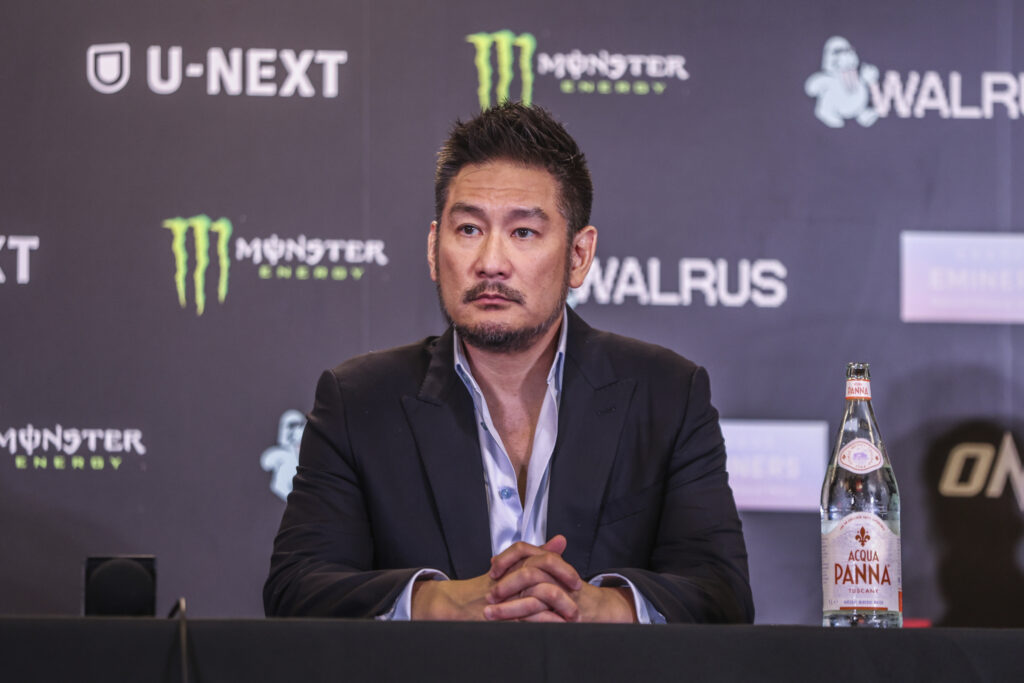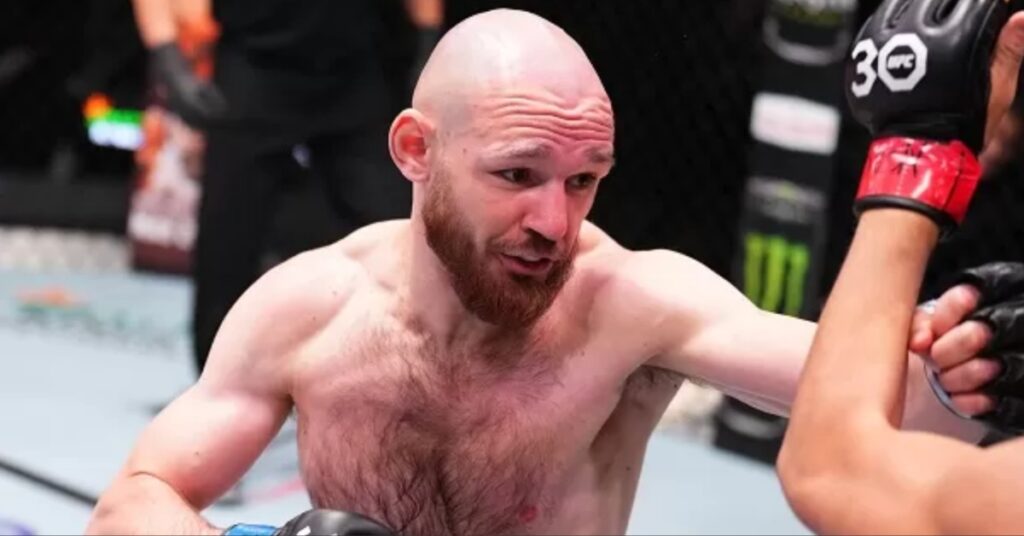Then and Now: What has changed in MMA since 2005?
A long term dynamic develops in every sport that sticks around for a while. A section of the fan base will inevitably compare the play of today to their heroes from yesteryear. Whether it is the baseball fan that longs for the day where they didn’t have to worry about someone using performance enhancing drugs after every home run, or the football fan that yearns for the era of hard hitting and less complaining in the NFL. One thing is a common factor; this group wishes things would go back to the way they remembered it.
Mixed Martial Arts has been around for 20+ years now. The fans, who have been watching that whole time, or a large chunk, can see the changes our beloved sport have made. From the beginnings of Royce Gracie using something crazy called Brazilian Jiu-jitsu, and the professional wrestlers in Japan looking to prove the worth of their art. To the larger than life spectacle of what The Ultimate Fighting Championship is today, MMA has gone through many changes, some in rules changes and some in other aspects. This piece will be a discussion on the differences when discussing today’s MMA landscape, and the fighting world during 2004-2005; otherwise known as the height of PRIDE Fighting Championships.
Big fights
Then: The “golden era” of PRIDE is thought of as such for a lot of reasons, but putting on big fights might be the most common. Some of the greatest matches in MMA’s history occurred in this time period. Fedor Emelianenko took on both Antonio Rodrigo Nogueira, and Mirko “Cro Cop” Filipovic in this span. Wanderlei Silva beat Quinton Jackson for the second time. Mauricio “Shogun” Rua tore through what was thought to be the best division in MMA at the time (PRIDE’s MW division), and sealed the deal at PRIDE Final conflict 2005 where he beat both Alistair Overeem and Ricardo Arona in the same night. Arona had dispatched of “The Axe Murderer” earlier that night, giving him his first loss at middle weight (PRIDE’s MW division was 200lbs and below) in 5 years. The UFC also had its share of awesome match ups during this time period. Chuck Liddell beat Tito Ortiz in their first fight; then went on to defeat Randy Couture in what was the biggest rematch in UFC history up to that point. BJ Penn jumped up a weight class to challenge the immovable object that was Matt Hughes at Welterweight, in what many thought was a terrible mismatch. Those folks were completely wrong though, and “The Prodigy” dismantled Matt to win the title. Tim Sylvia, who hadn’t turned into a 300lb mess yet, tasted defeat against two young guns named Frank Mir and Andre Arlovski. And finally, maybe the most important, Forrest Griffin and Stephan Bonnar went toe to toe while millions of people were introduced to our great sport. Anybody remember the headliner of The Ultimate Fighter 1 finale? It was Rich Franklin beating up Ken Shamrock. Ah, memories.
Now: We still get great fights now too, but the frequency has seemed to drop. Whether it is from injuries, or the fights match makers think up, not much jumps out as “big event” these days. Anderson Silva vs. Chael Sonnen and Jon Jones vs. Rashad Evans were two great fights with a really good back story. However, Jon seemed so dominant heading so many didn’t give Evans a chance (and the fight played out that way). Anderson vs. Chael was great for a round, but afterwards were back to realizing why Anderson is the greatest and Chael is 27-12-1 for a reason. Ben Henderson took on Frankie Edgar recently, but the fight ended with another judging controversy. Ronda Rousey has been dominant against Miesha Tate and Sarah Kaufman recently, but I don’t think you can put those on the level of “Big Fights” just yet (I could be wrong though). Our year could end on a good note though. The UFC is putting its fifth show on FOX, and it is by far the best card of the year. Fingers crossed none of those pesky injuries rear their ugly head.

The earning potential of a competitor
Then: The fighters with the biggest pay checks were competing in Japan. PRIDE and K1 (PRIDE’s kickboxing counterpart) were doing numbers that the executives at FOX can only dream about. They brought in over 25 million viewers six times in the era we are looking at. They also continually packed arenas with 50,000 people, or more. This led to guys like Mark Coleman, Dan Henderson, Kevin Randleman, and Jens Pulver leaving the UFC for greener pastures. Nobody, who left for Japan, had to worry about sponsorship either. There were a few big names like Bob Sapp, and Hidehiko Yoshida that got paid to push all sorts of domestic products there but it was nothing like what sponsors provide on U.S. soil. When Tito took on Ken in their first grudge match the US side started to gain on their Japanese counterparts though. Ken was the biggest earner as he provided the fan base from the dark days of MMA, and also brought over some curious professional wrestling fans too (this is what probably had Zuffa salivating when Brock made the track over in 2008). The trio at 205 (Randy, Tito, Chuck) continued to see their pay climb also (especially after The Ultimate Fighter brought in so many new viewers). Individual fighter sponsorship took off around this time also. Even though the amount does not come close to what champions like Jon Jones and Anderson Silva demand today, these small companies provided some extra cash for combatants to use on training or bills. Tito Ortiz began the widely used “thanking 100 hundred different sponsors” in a post fight interview technique around this time also.
Now: MMA has multiple guys who earn over a million dollars a year, and a lot more that delve into six figures. Promotions like Strikeforce, ONE FC, and Bellator reportedly pay certain draws 50-100 grand just to show up, and the guys who compete multiple times a year (think tournament winners) make around the same. These guys can barely hold a candle to what the UFC offers though. When speaking on those guys who hit seven figures and above, only one for certain (Fedor Emelianenko) still competes outside the UFC. The rest base their pay on either headlining, or being in the co-main event of a Pay-Per-View show. In fact, it’s hard to understand when certain fighters like Rampage or Dong Hyun Kim call out the UFC for underpaying its combatants when the pay has increased so much. Then again, I don’t disparage anybody for wanting to get paid as much as possible when your body has an expiration date on it that could be up after any match. Especially when comparing fighters’ salaries (and specifically the percentage paid out) to a similar sport like boxing. The way a competitor can make extra money outside of the cage has also changed a bit. Individual sponsorship soared until about 2009 when the UFC decided to charge a fee for every company who wanted to put their name on something a fighter wore at a UFC event. It changed even more after the FOX deal when Zuffa decided only certain types of companies were allowed (example: no more The Gun Store). With athletes limited to only picking from allowable sponsorships it has brought down the potential to earn extra cash for certain fighters. However, it has also paved the way for bigger names like NIKE to make its presence known. Jon Jones signed the biggest sponsorship deal in MMA history with the aforementioned apparel company just a few months back.
How Fighters game-plan
Then: In PRIDE, there was no planning for an opponent. There were only rare cases when combatants knew who they were actually competing against when they showed up the week of an event. If a fighter was taking part in one of the vaunted tournaments it is likely that the draw wouldn’t even be announced until the last press conference for the event. This was a detriment to many who looked to show up as prepared as possible, but made things a bit more exciting. When a competitor shows up to a fight not knowing much about their opponent it is harder to exploit their weaknesses, and puts more emphasis on every athlete being as well rounded as possible. The UFC was a bit different as their cards were announced a month or two out, but they didn’t have anywhere near the time to prepare as anybody does today. Randy Couture was really the first person to make planning for a certain opponent skill set popular.
Now: You can’t break down a fight without taking into account what a certain combatant’s game plan will be heading in. Carlos Condit vs. Nick Diaz was thought to be a sure fire “fight of the year” candidate heading in. Instead, Condit found a hole in Diaz’s game that he could take advantage of, played it safe, and took the decision by focusing on that weak point the entire fight. Just this past week Jon Jones was offered a fight with a smaller Chael Sonnen on eight days notice. Jones seems to have every advantage on Chael from size, to speed, to skill set. Yet, he declined, and he (and his coaches) cited the fact that they did not have ample time to prepare. One of those coaches, Greg Jackson, isn’t a particular expert in any discipline. He’s a pretty good BJJ player, and has some striking knowledge but that’s not why fighters migrate to his school. It’s the fact that he plans for opponents better than anybody else in the game. Even if some of those plans tick us off as a fan base. It might be aggravating to some, but game planning is a very real necessity in today’s fight world.
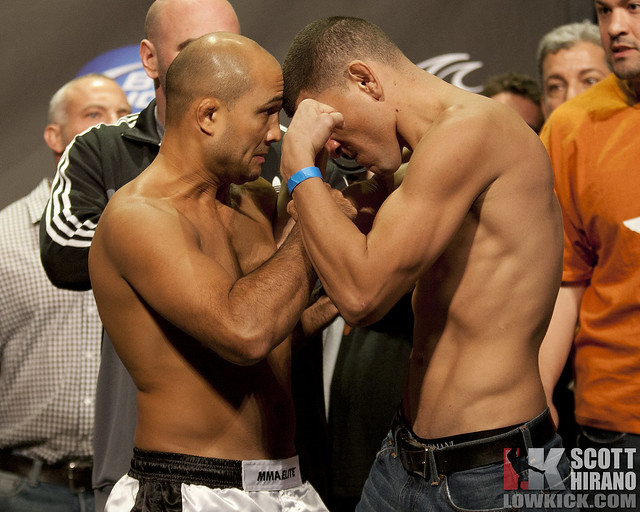
“Top fighters fight three times a year”
Then: Fedor Emelianenko competed eight times from 2004 through 2005. Wanderlei Silva fought the same amount. Takanori Gomi (not the champion, but the clear #1 in the LW division at the time as BJ moved up) took part in ten matches. Chuck and Randy scrapped four times, and Shogun beat up seven people to become the top MW in PRIDE. These numbers aren’t particularly staggering (outside of Cro Cop who competed thirteen times), but when adding top contenders of the era like Vitor Belfort and Big Nog it seemed a top fighter was always competing.
Now: Today there are a plethora of great fighters also, but the only one that seems to compete as much as his peers from the past did is Jon Jones. He fought four times in 2011, and was on pace to face three challengers this year before injuries took their toll. Anderson Silva, Frankie Edgar, Junior Dos Santos and Lyoto Machida have fought three times since 2010. Cain Velasquez has only jumped in the cage twice. Same goes for Dominick Cruz and BJ Penn. Some competitors like Jose Aldo and Nick Diaz (even with the pot bust) are keeping up the twice a year showings, but are we really to a point where stars fighting twice a year is enough? Even Bellator with top tier guys like Mike Chandler, Eddie Alvarez, Pat Curran, Patricio Freire, and Daniel Straus don’t have their guys competing that much more often. Those guys are averaging just over two fights per year. This leads right in to the last area this piece will cover.
The popularity of MMA
Then: The big events put on by PRIDE made Japan the hot bed for MMA, and the viewership proved it. As was pointed out earlier, they brought in over 20 million viewers multiple times in the era while also packing stadiums full. In the good ole USA it was a time of growth. Certain bureaucrats cast a shadow on the sport by labeling it “human cockfighting” (thanks John McCain), and the early brutality of “no holds barred” scrapping turned most folks off. Zuffa bought the fledgling promotion in the early part of this millennium, and decided to make some changes. New weight classes were introduced; standards and rules were put into place, and the new “UFC” was introduced as a sport. The changes did not yield great numbers though as the sport still needed some fighters to get interested in. Tito, Randy, and Chuck got the ball rolling by slowly building a stateside fan base (getting movie stars like Juliette Lewis and Michael Clarke Duncan involved gave them some credibility). Then, the coup de grace, The Ultimate Fighter debuted in the beginning of 2005. The impact of the show was seen immediately on PPV buy rates too. UFC 50 did 40k; after the show aired in January of 2005 UFC 51 did 105k, and the rematch between Randy and Chuck at UFC 52 did 280k. UFC 53 (an event headlined by a still green Andre Arlovski) only brought in 90k, but every card over the next few years saw numbers jump from event to event.
Now: We hear the same information coming from Dana White, and the UFC on a monthly basis. “This will be the biggest sport in the world! We are still growing!” But are they? The UFC has expanded to different countries, but only a few have seen the sport actually take to the local base. They haven’t been back to Germany since UFC 122’s dismal showing, and the local media picking apart the spectacle. France still hasn’t seen an event put on. Asian MMA seems to be growing, but still hasn’t come close to the numbers put up in the middle part of last decade. Australia, the UK, and Brazil have great followings. However, those same places have been great for MMA for a while now. The first event in Australia was a few years ago now. The UK has had Cage Rage and other great domestic promotions other than the shows The UFC have put on there. Brazil is the proverbial “cradle of life” where MMA is concerned so it catching on with the local populous isn’t exactly a surprise. When you get to the US the notion gets further from reality. Zuffa signed a monumental deal with Fox last year to air its programming on its main network, FX, and Fuel TV. Since moving, the numbers have been less than appealing. The Ultimate Fighter hit series lows for ratings multiple times in its inaugural season on FX. Free shows on FX and Fuel have performed under expectations. Most importantly, the big shows on FOX primetime have dwindled in viewership with every installment. The level of exposure MMA has compared with that of “the golden era” is most certainly higher now, but the direction it is going to gain new fans might in fact be the complete opposite.
The landscape has changed dramatically just in the past 7 years. Anderson Silva, who at the time was thought to be superbly talented yet limited, has become the most accomplished fighter to compete in MMA thus far. Although talent is spread out less overall we still get a lot of events. The UFC is looking to put on 30 events this year (31 before the unfortunate turn of events of UFC 151). This would have the fan base from 04-05 salivating. However, a problem a lot see with this is many cost $55+ and just don’t seem worth the price. It’s an unfortunate side effect of growth in a combat sport; fighters make more, they take fewer chances, and events stay the same price. Win/win?

